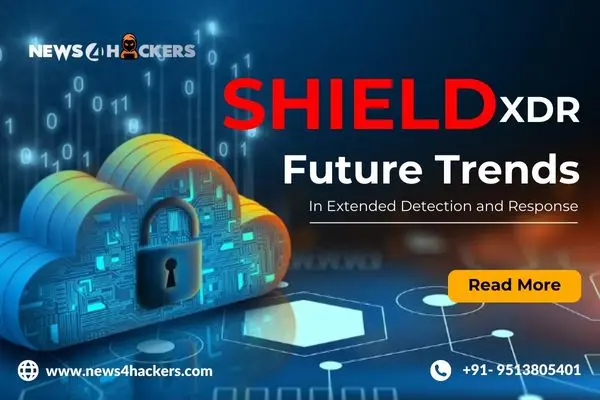Future Trends in Extended Detection and Response (XDR)

Extended Detection and Response (XDR), which was created to improve threat detection and response across diverse IT settings, was a rapidly evolving method of cybersecurity as of my most recent knowledge update in September 2021. Please take note that this field may have undergone some changes since then. Here are a few XDR tendencies that may emerge in the future:
AI and Machine Learning Advancements
In order to increase their capacity to identify and respond to complex and developing threats, XDR systems are anticipated to implement more powerful artificial intelligence (AI) and machine learning (ML) algorithms. By quickly and precisely analyzing massive amounts of data, these systems can increase the capacity to identify risks.
Automation and Orchestration
Future XDR solutions may focus on orchestrating actions across multiple security tools and automating incident response processes. The speed of response might be accelerated in this way, human error might be decreased, and security teams might be able to focus on more challenging tasks.
Cloud-Native XDR
XDR solutions will probably become more cloud-native and adaptable to diverse cloud platforms as cloud computing and hybrid settings gain popularity. This will make it possible to detect threats and respond to them simultaneously through on-premises and cloud-based resources.
IoT and OT Integration
XDR solutions might be extended to include these fields as the Internet of Things (IoT) and Operational Technology (OT) devices proliferate across numerous sectors. Maintaining the entire security posture will depend on protecting OT and IoT networks.
Threat Intelligence Sharing
Platforms for XDR might develop to provide improved organization cooperation and exchange of threat intelligence. This could lead to a more complex defensive approach where information from various sources is used to improve threat identification and defense.
Regulatory Compliance
Features that aid firms in adhering to changing data privacy and cybersecurity regulations may be included in XDR solutions. This might include integrated reporting and auditing features.
User and Entity Behaviour Analytics (UEBA)
By integrating UEBA into XDR, abnormalities that could be signs of insider threats or compromised accounts can be found, and user behavior can be better understood.
Zero Trust Architecture Alignment
With a focus on least-privilege access and continuous verification to improve overall security, XDR solutions may be in line with the tenets of zero-trust architecture.
Contextual Analysis
Future XDR platforms may put more of an emphasis on giving context-rich information about threats that have been spotted, assisting security teams in understanding the nature and potential consequences of an attack.
Improved User Interfaces and Visualization
Security professionals can make better decisions if they have a quicker grasp of the security situation as a whole and can visualize data.
Keeping this in mind, always consider that these developments are theoretical and based on the trajectory of the cybersecurity landscape. We strongly suggest looking at the most recent cybersecurity reports, market news, and expert opinions for the most up-to-date information about XDR and its future tendencies.
Wrapping Up
In conclusion, we would like to converge your focus towards Craw Security, the Best VAPT Solutions Provider in Singapore and many other reputed nations throughout the world. Craw Security offers its world-famous ShieldXDR, the Best XDR Solution in Singapore, to all the necessary individuals and organizations, whosoever is willing to enhance their security parameters to top-notch levels.
If you wish to get notified of the best features of ShieldXDR, you just have to give us a call back at +65-93515400. Our representative from the team of penetration testers will call at the earliest to have a word.
Read More Article Here:
A superstar was called a Womanizer by Kangana Ranaut and has been accused of hacking her A/c
XDR: The Future of Cybersecurity







